Take an op-amp, with open-loop-gain of \${A_{OL}}\$, and gain-bandwidth product \$f_{GBW}\$ (often written just GBW, but it will be clear in a moment)
The closed loop gain of the non-inverting case, with closed-loop-gain G = \$\frac{R_1+R_2}{R_1}\$ is
\$\frac{A_{OL}}{1+A_{OL}/G} = \frac{1}{1/G+1/A_{OL}} \approx G{\quad\quad\quad}(1)\$
In the above approximation, we are simply saying "\$A_{OL}\$ is large".
Let's fill in more detail.
The next closest approximation for the op-amp open-loop gain -- still ignoring the finite low-frequency gain, but now introducing the high-frequency -20dB/decade behavior -- is the following
\$A_{OL} = {\omega_{GBW}}/{j\omega} {\quad\quad\quad}(2)\$
where \$\omega_{GBW} = 2{\pi}f_{GBW}\$
Substituting (2) into (1), we get
\$\frac{1}{1/G+j\omega/{\omega}_{GBW}} = \frac{G}{1+(G/\omega_{GBW})j\omega}{\quad\quad\quad}(3)\$
And in this expression we should clearly see the single pole at \$j\omega=-\omega_{GBW}/G{\quad\quad\quad}\$
and so the -3dB point is at the frequency \$f=f_{GBW}/G\$
